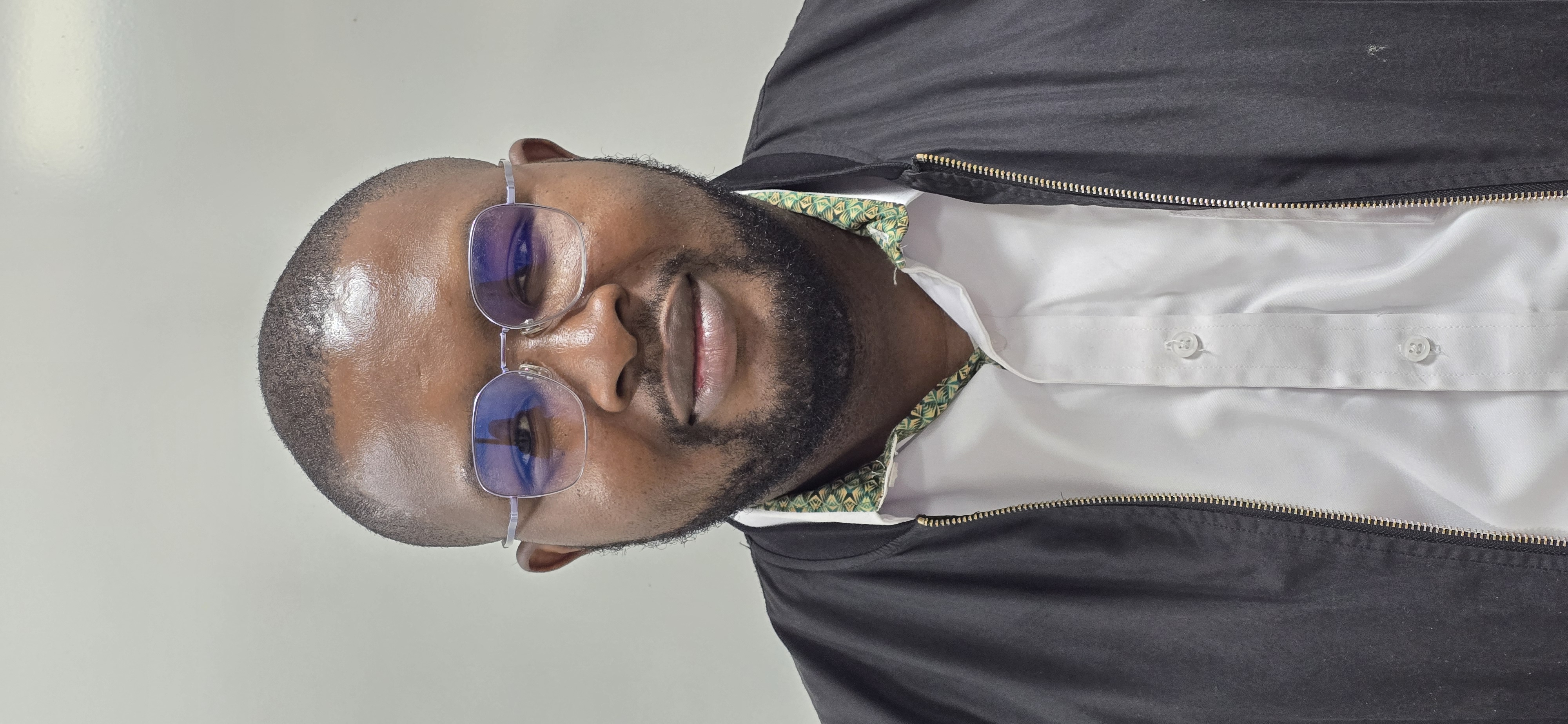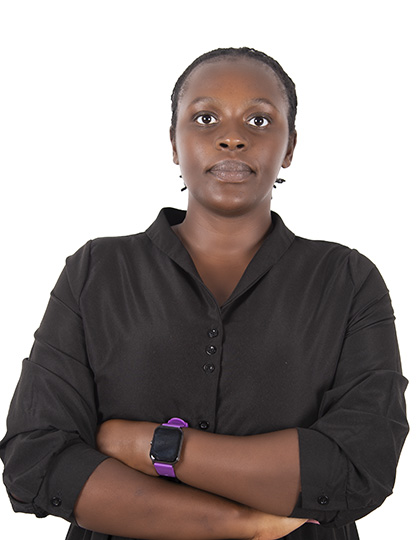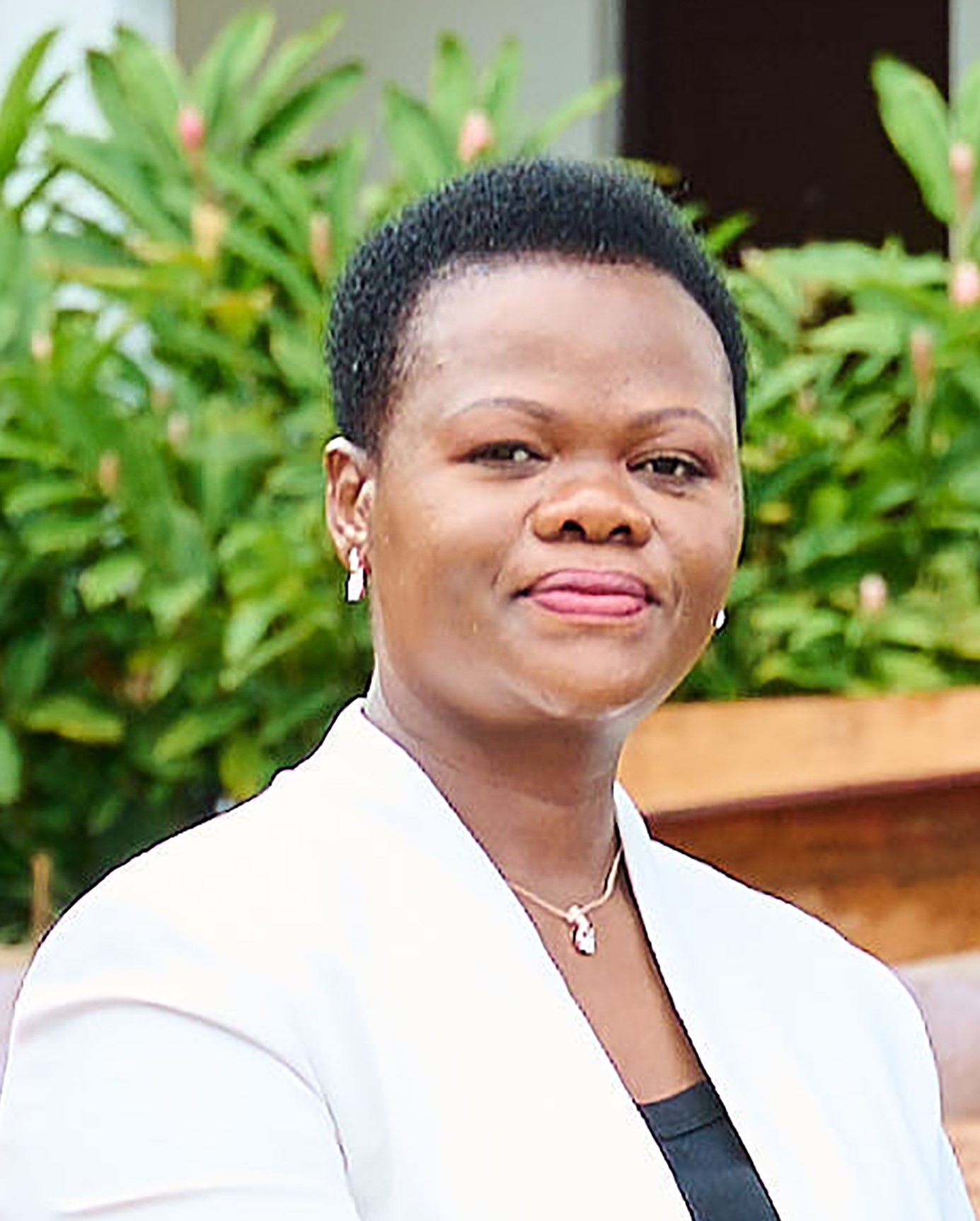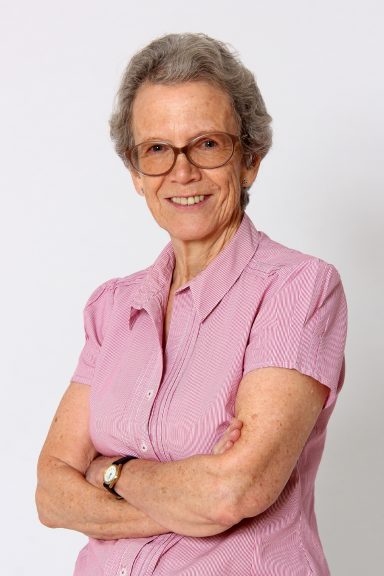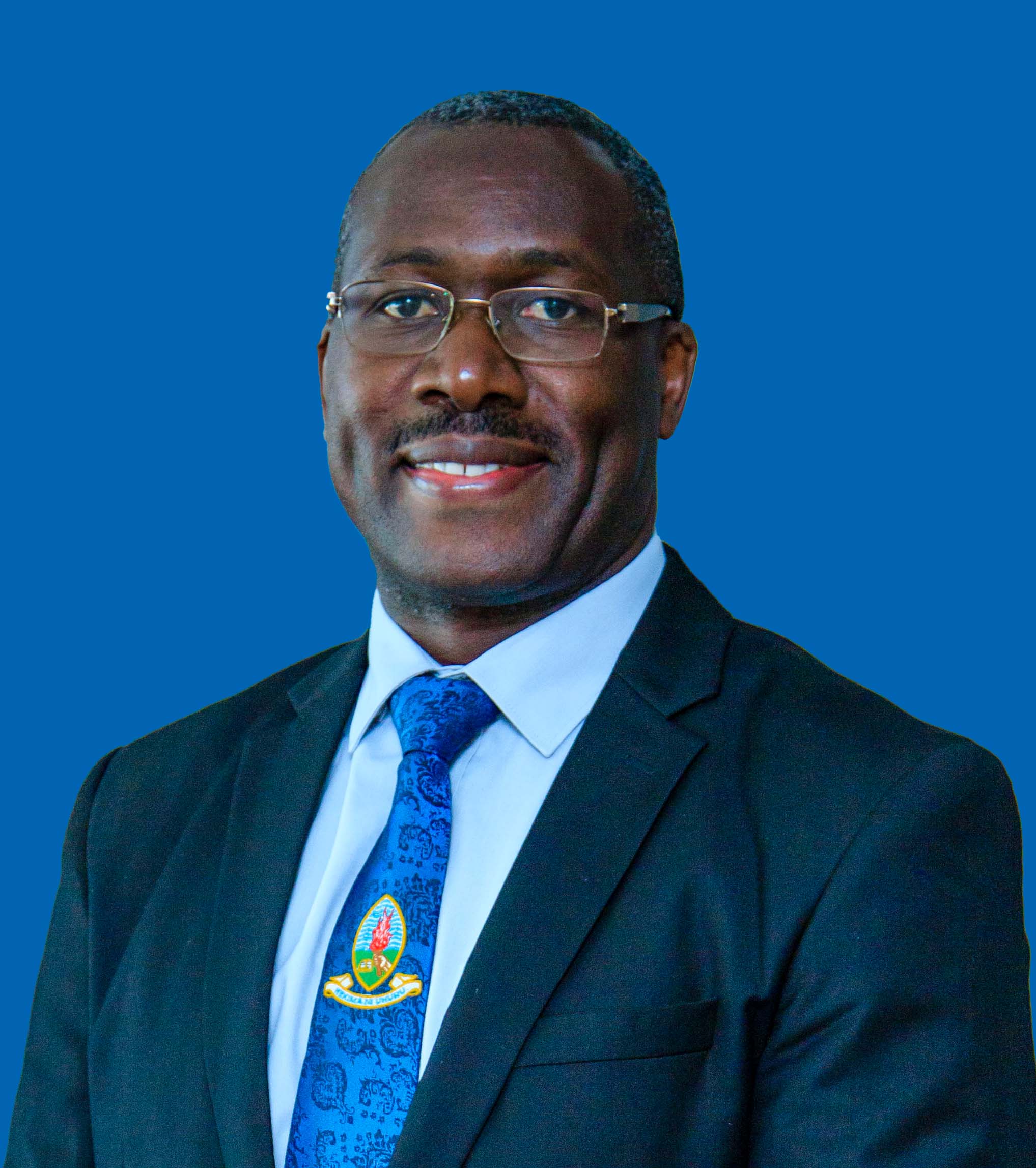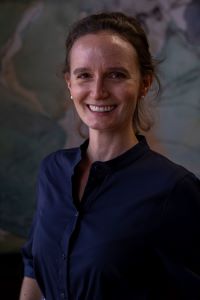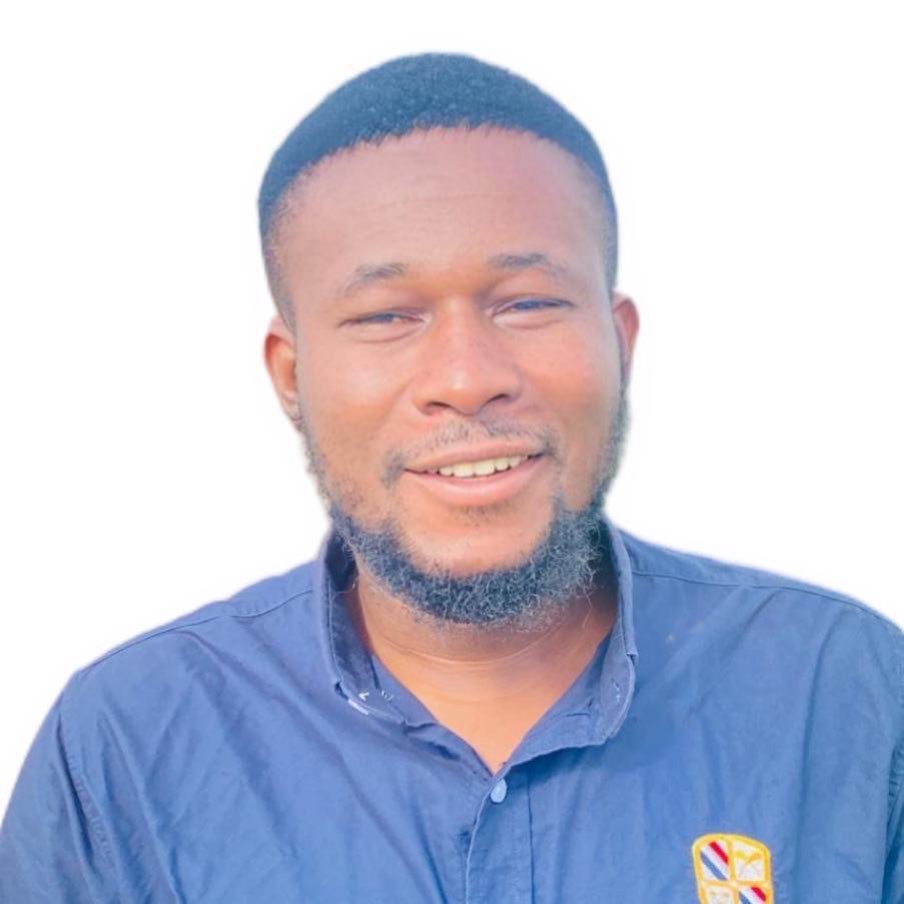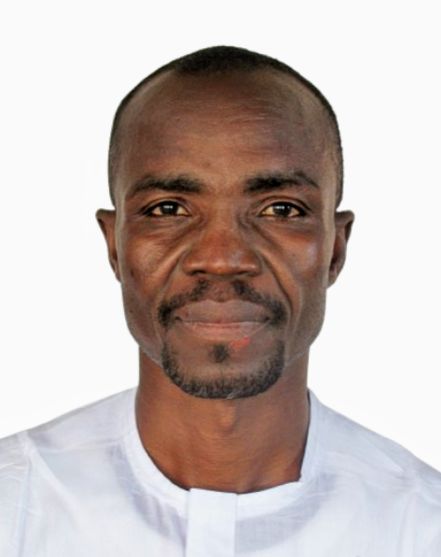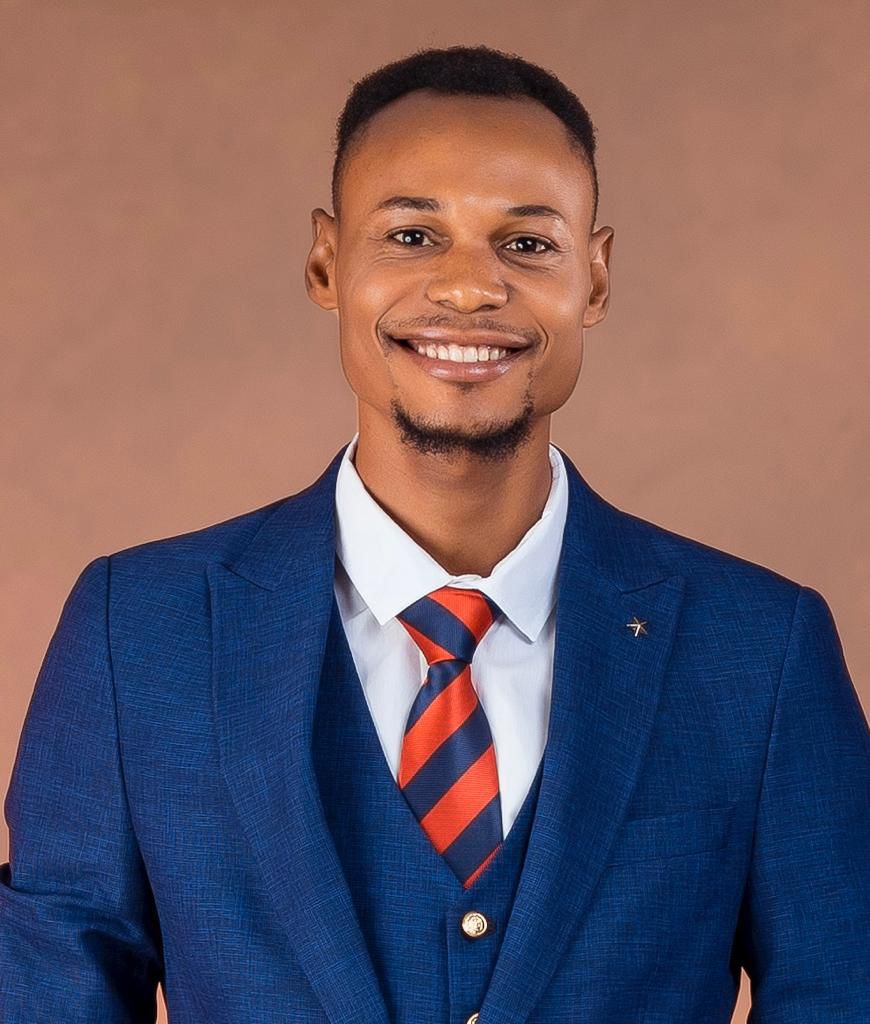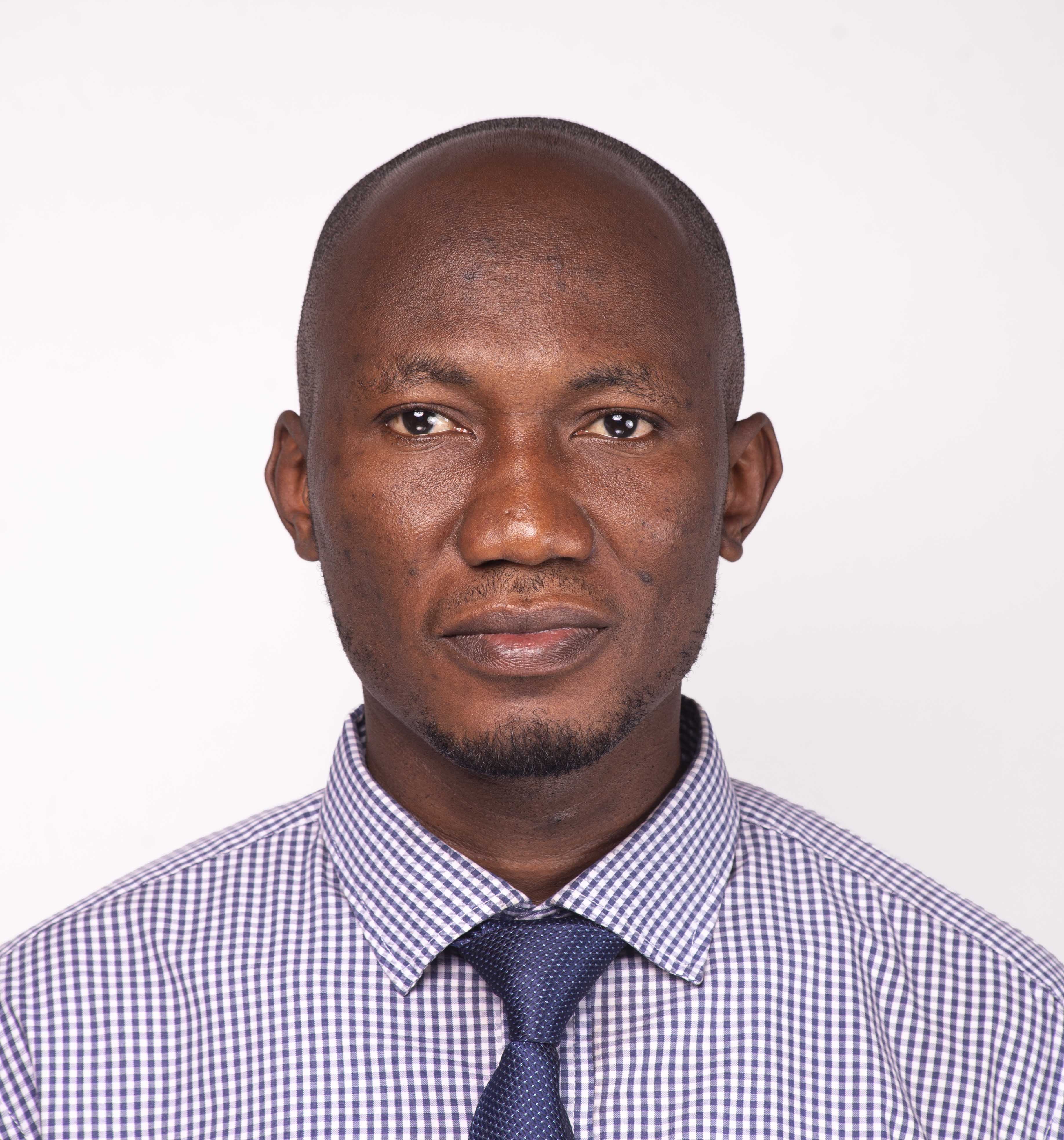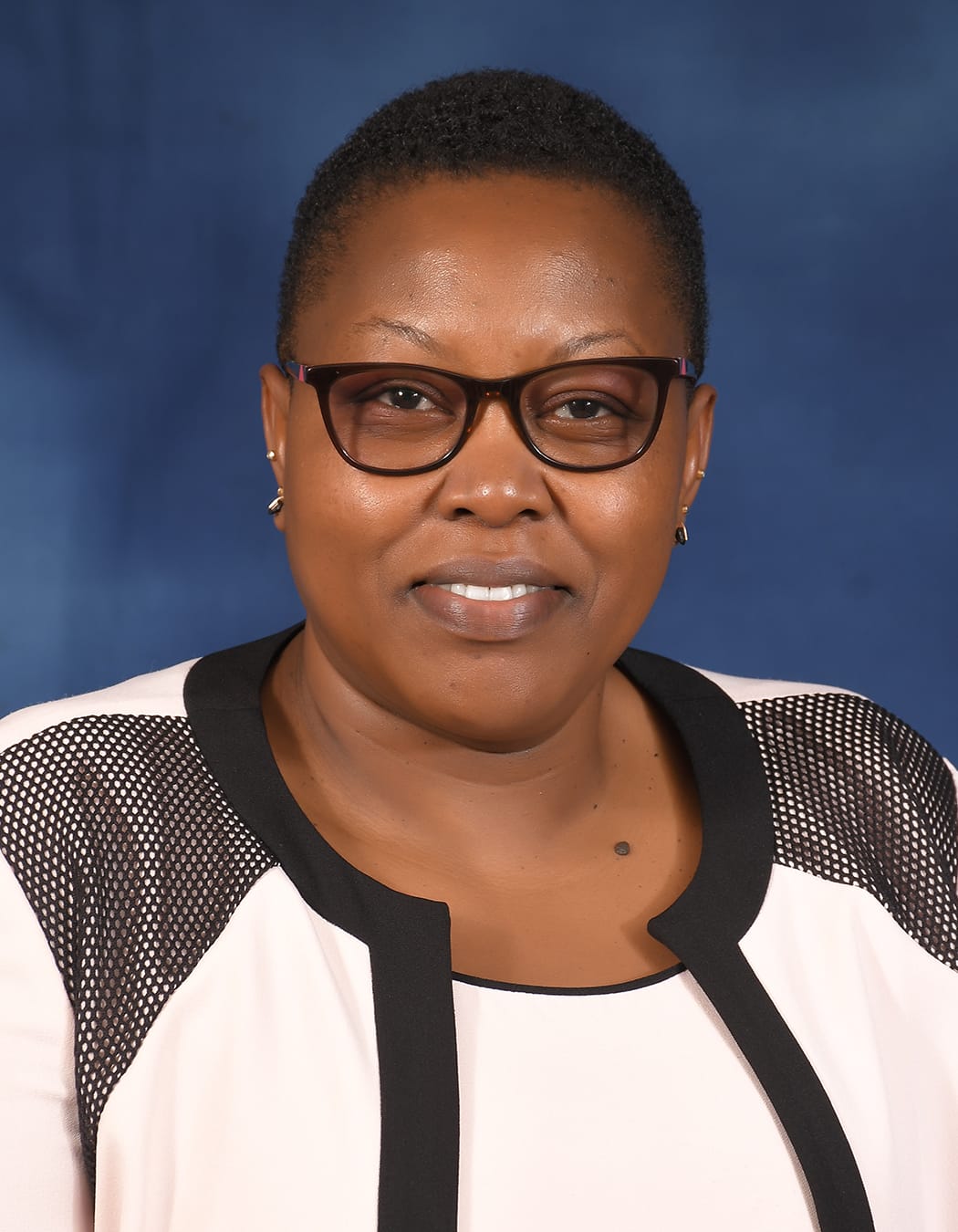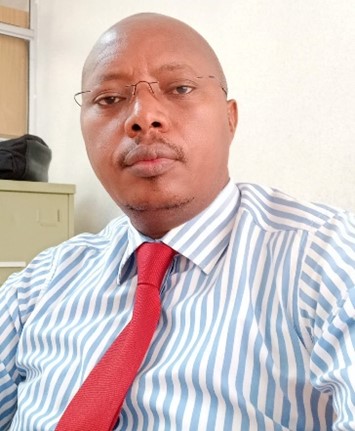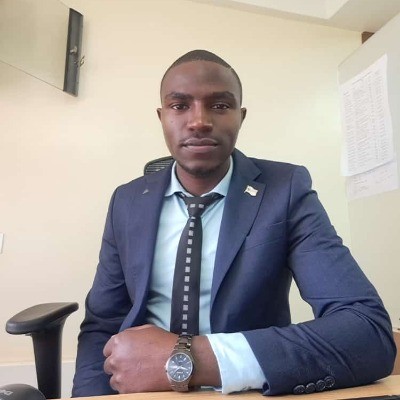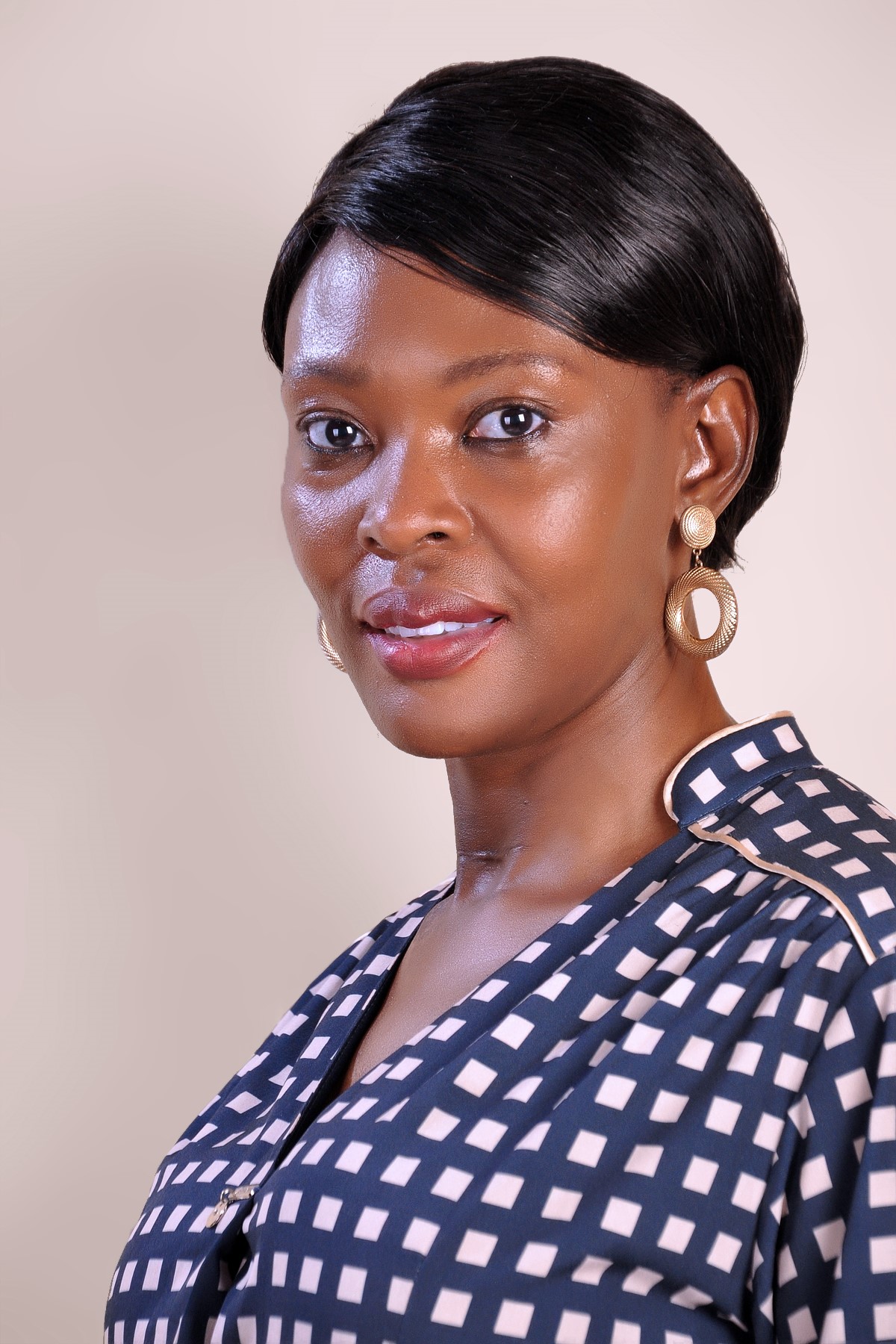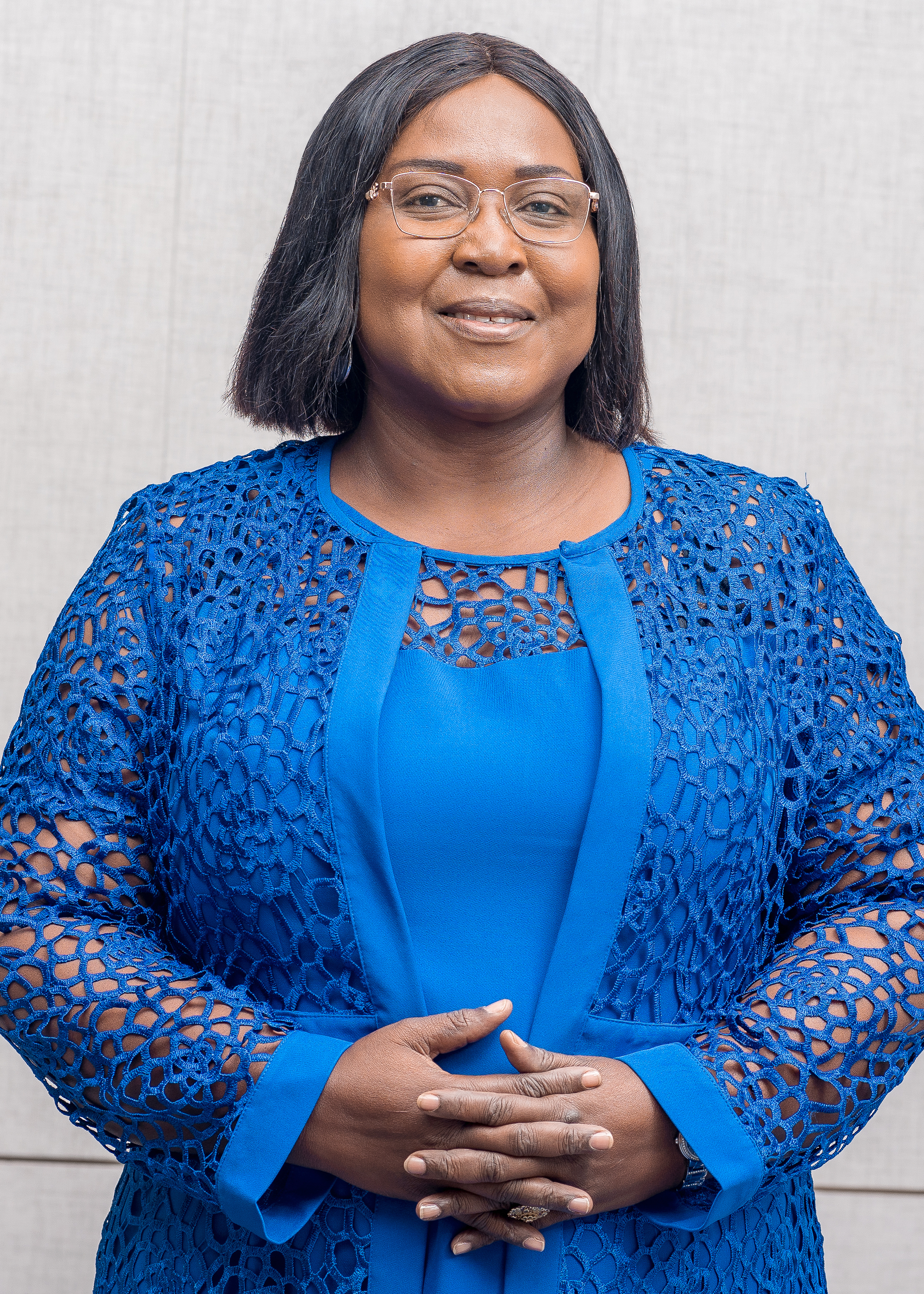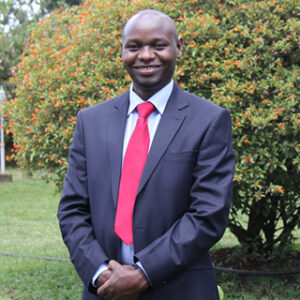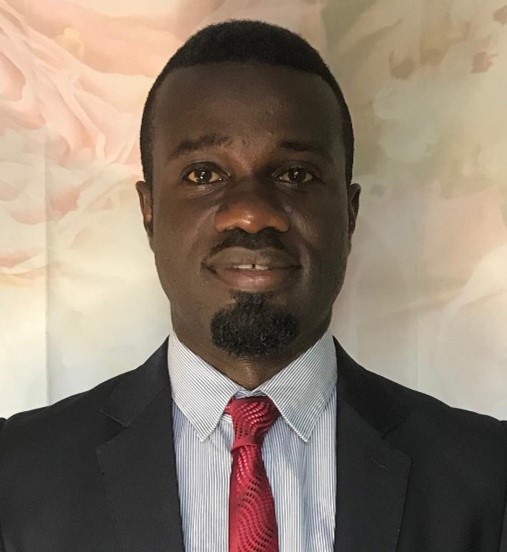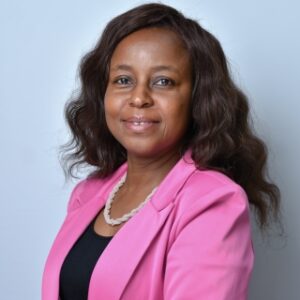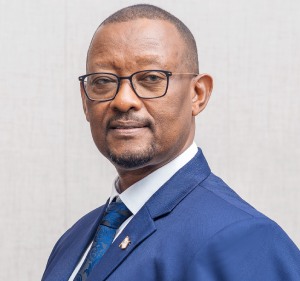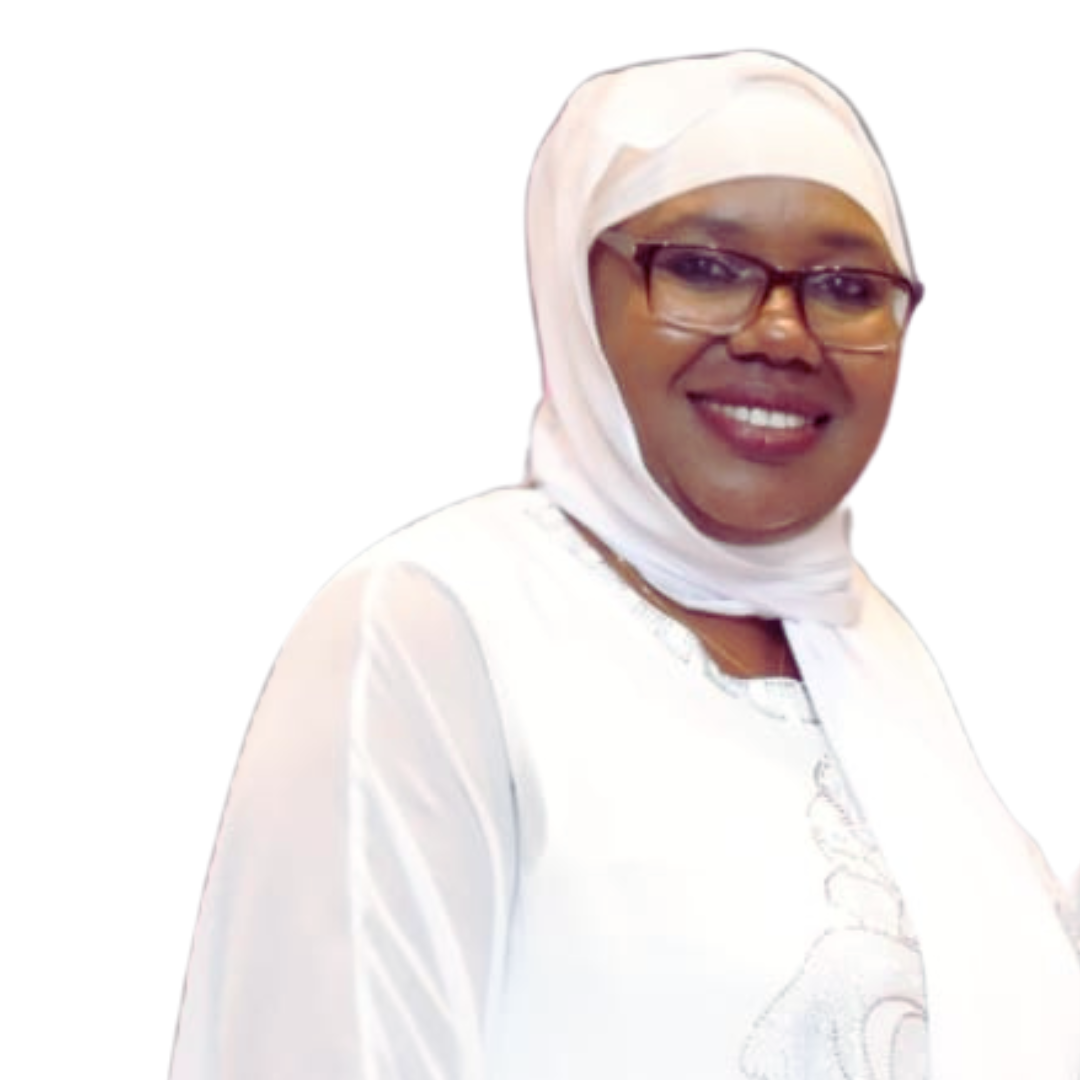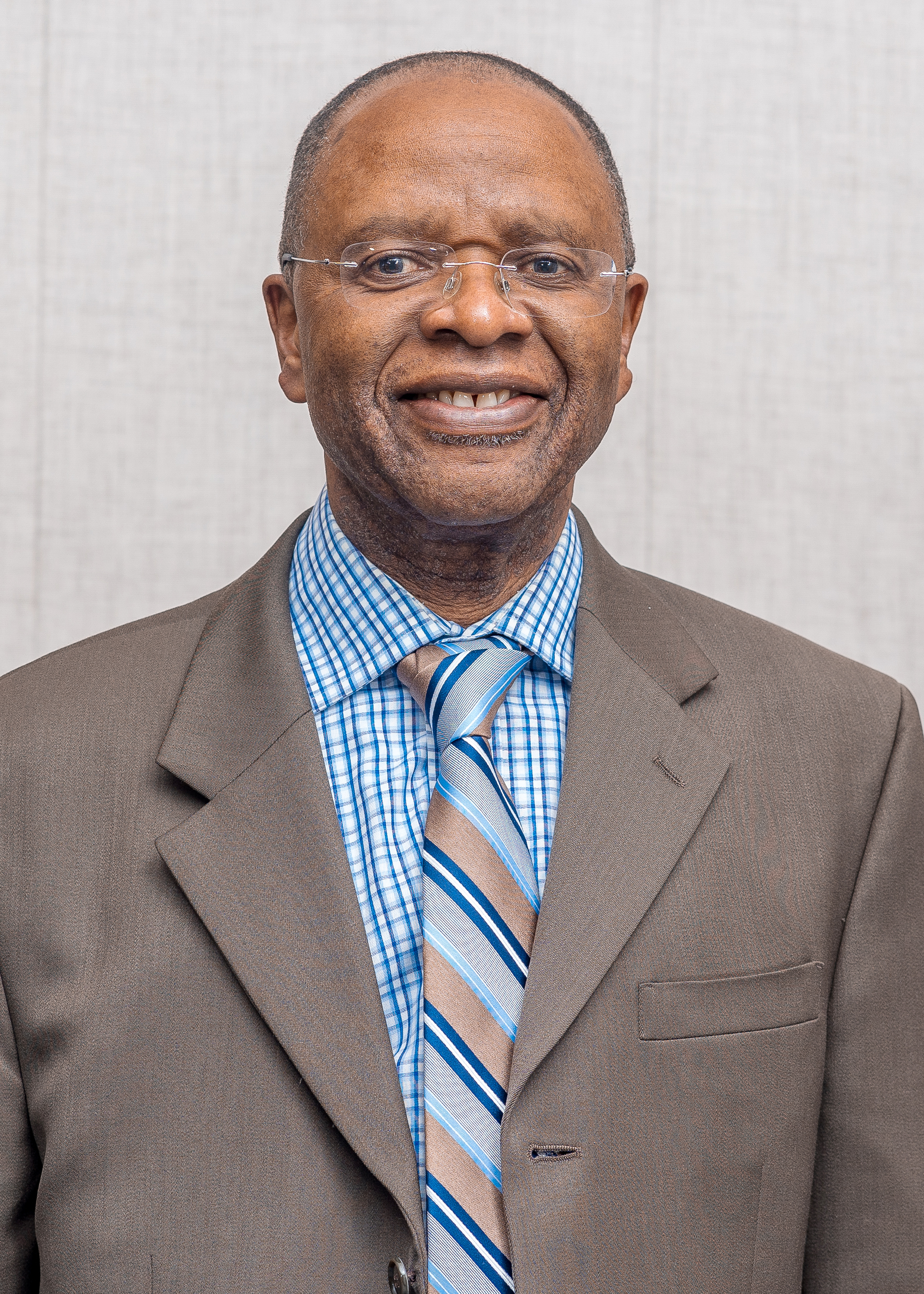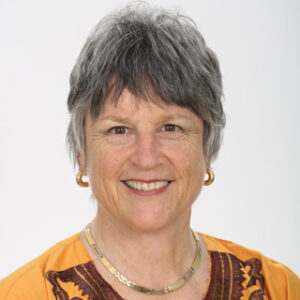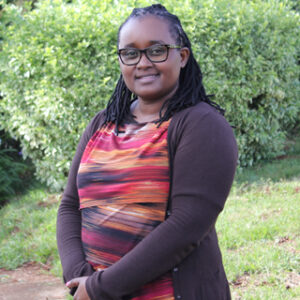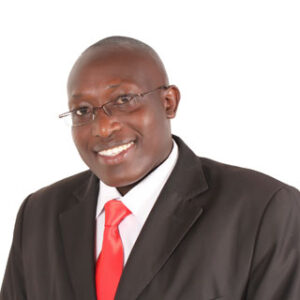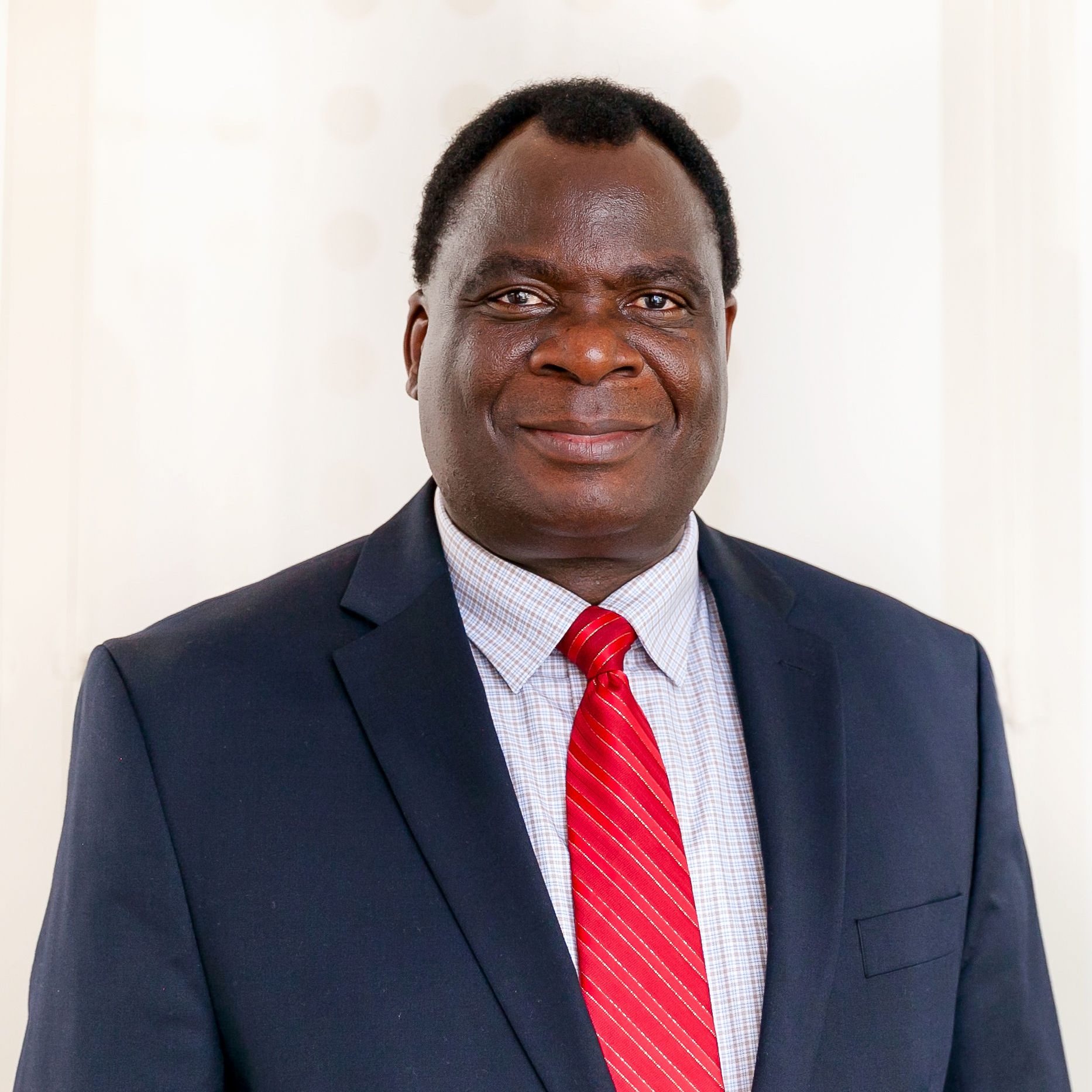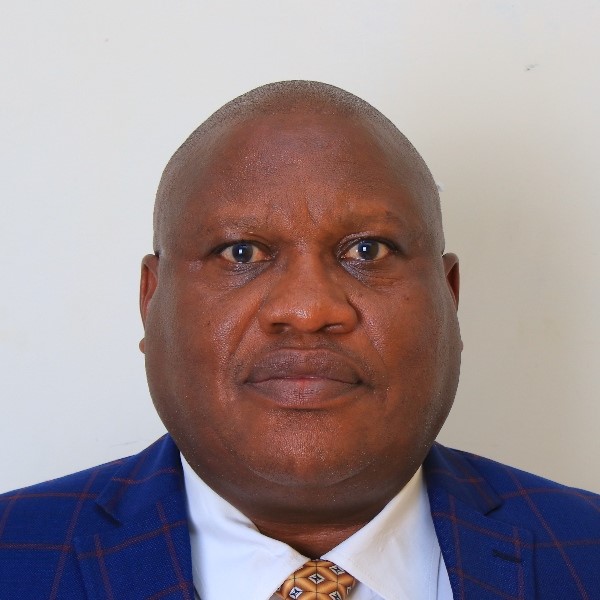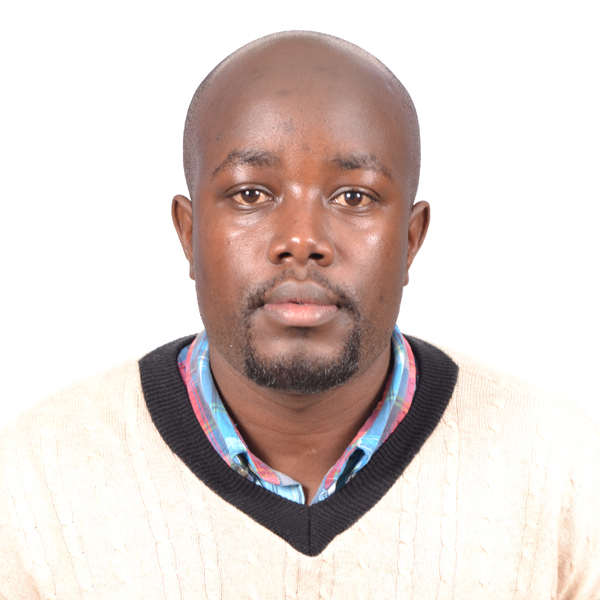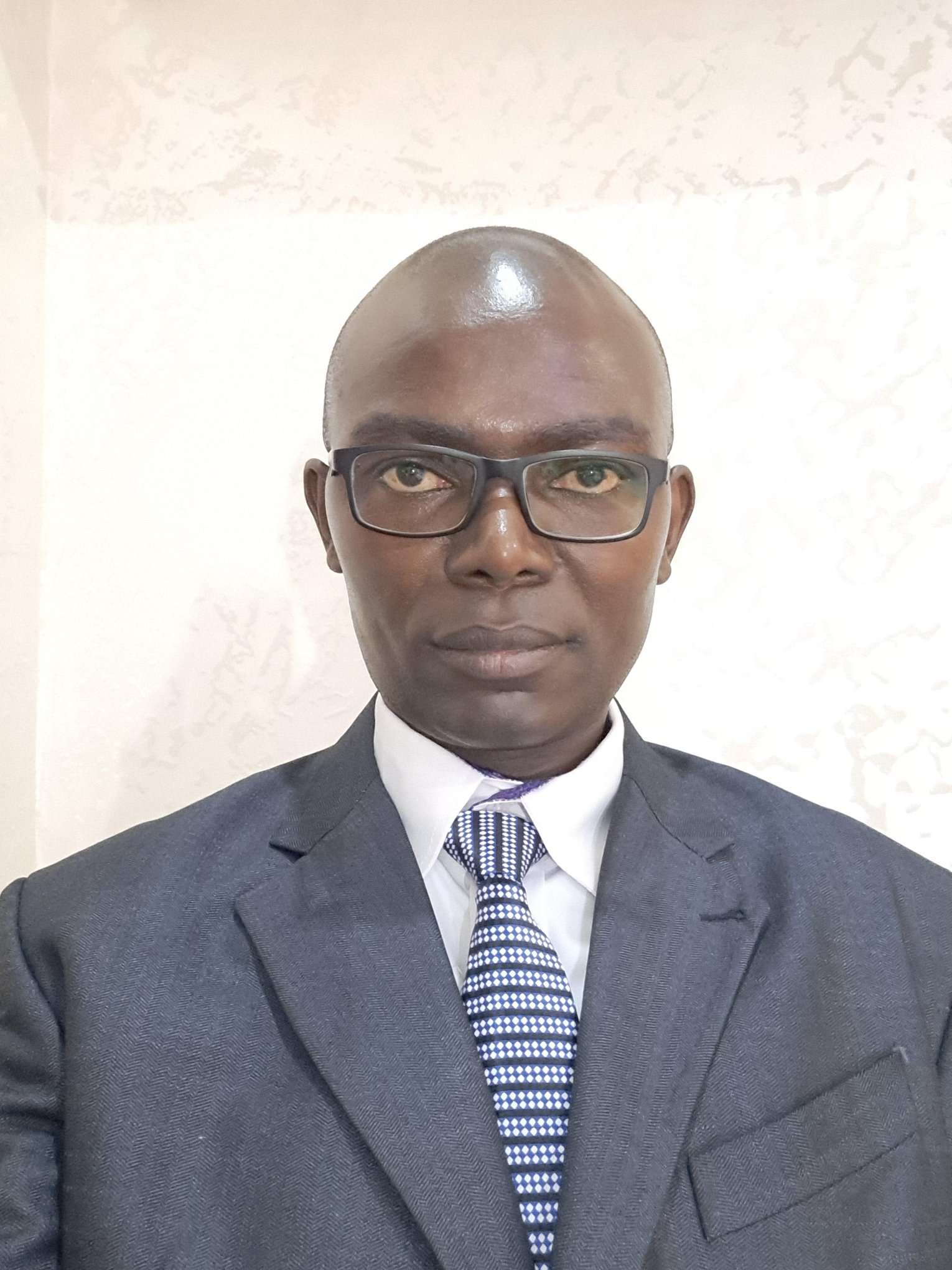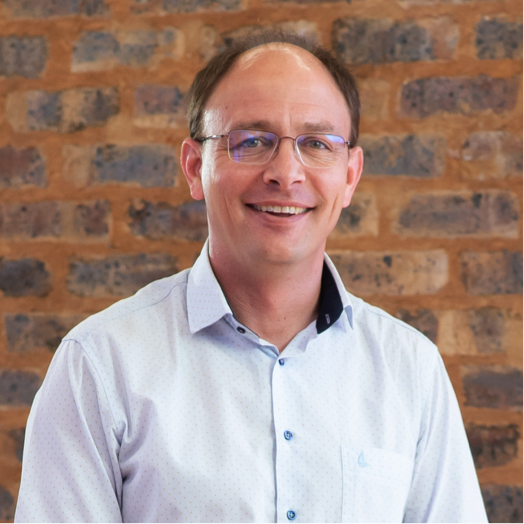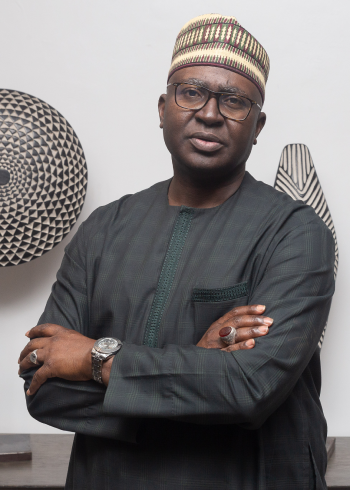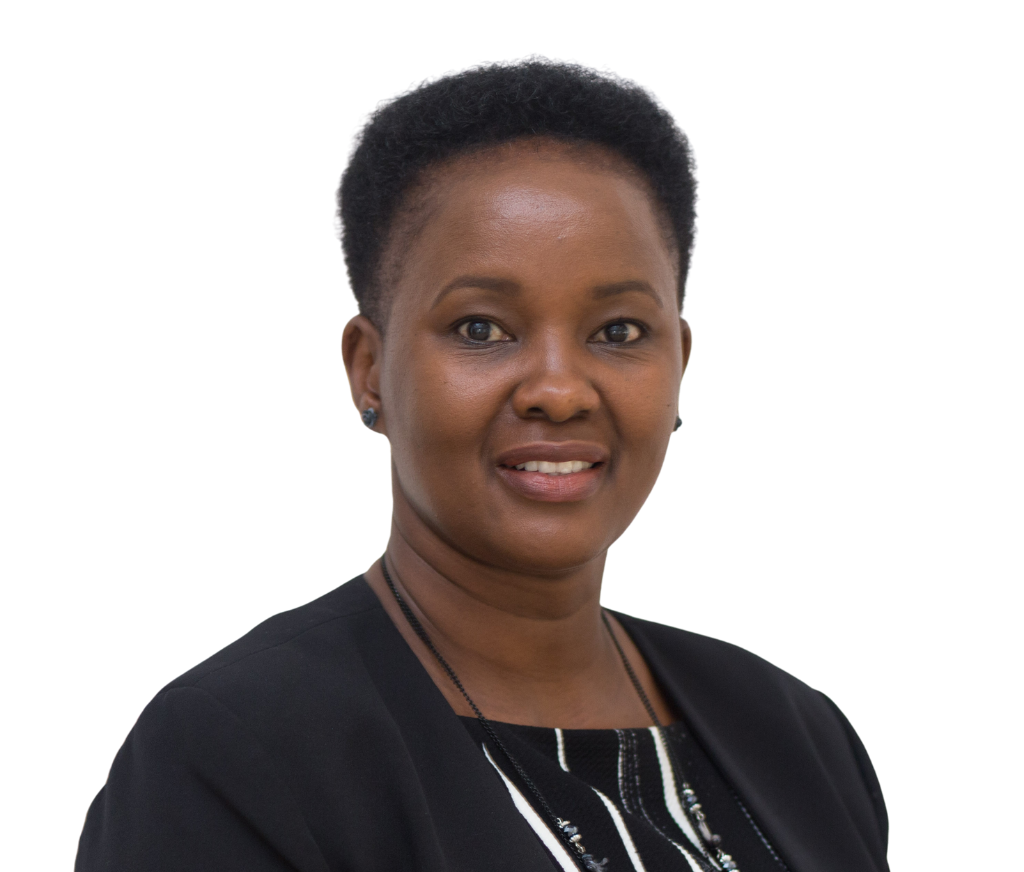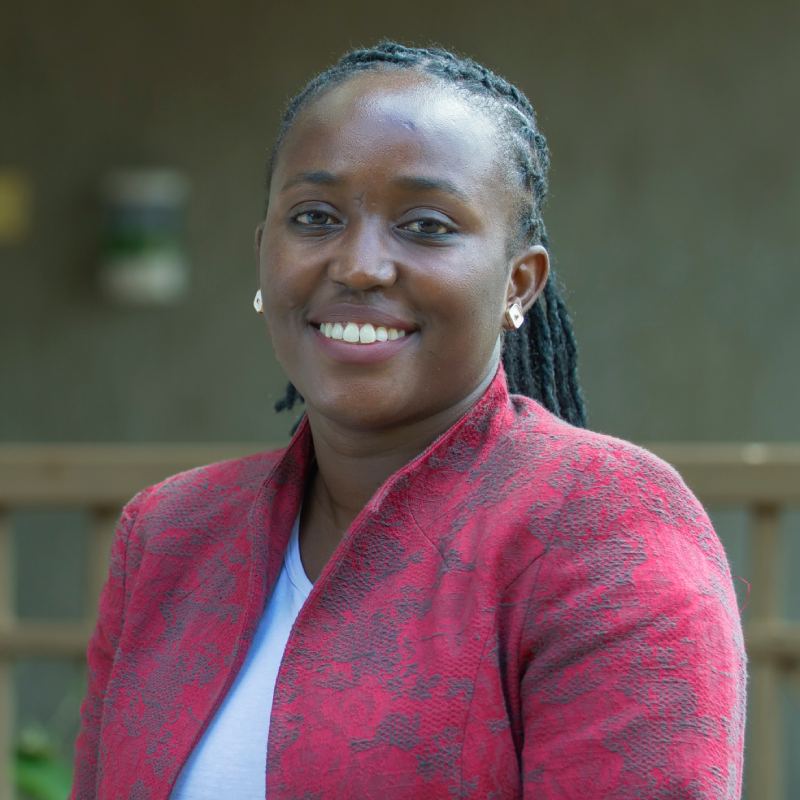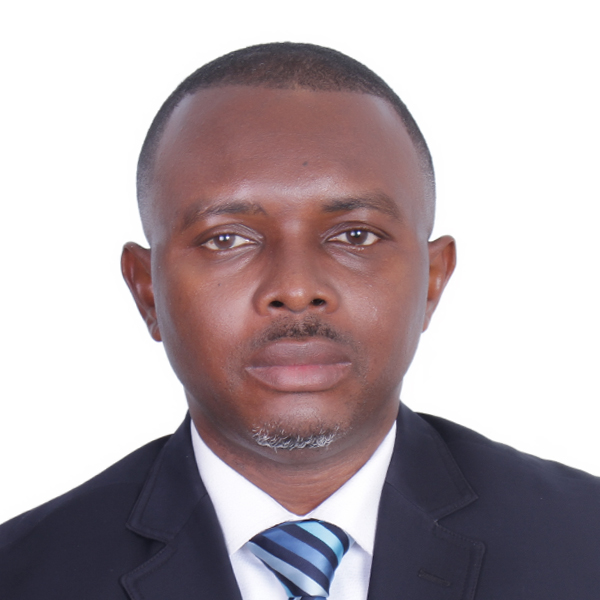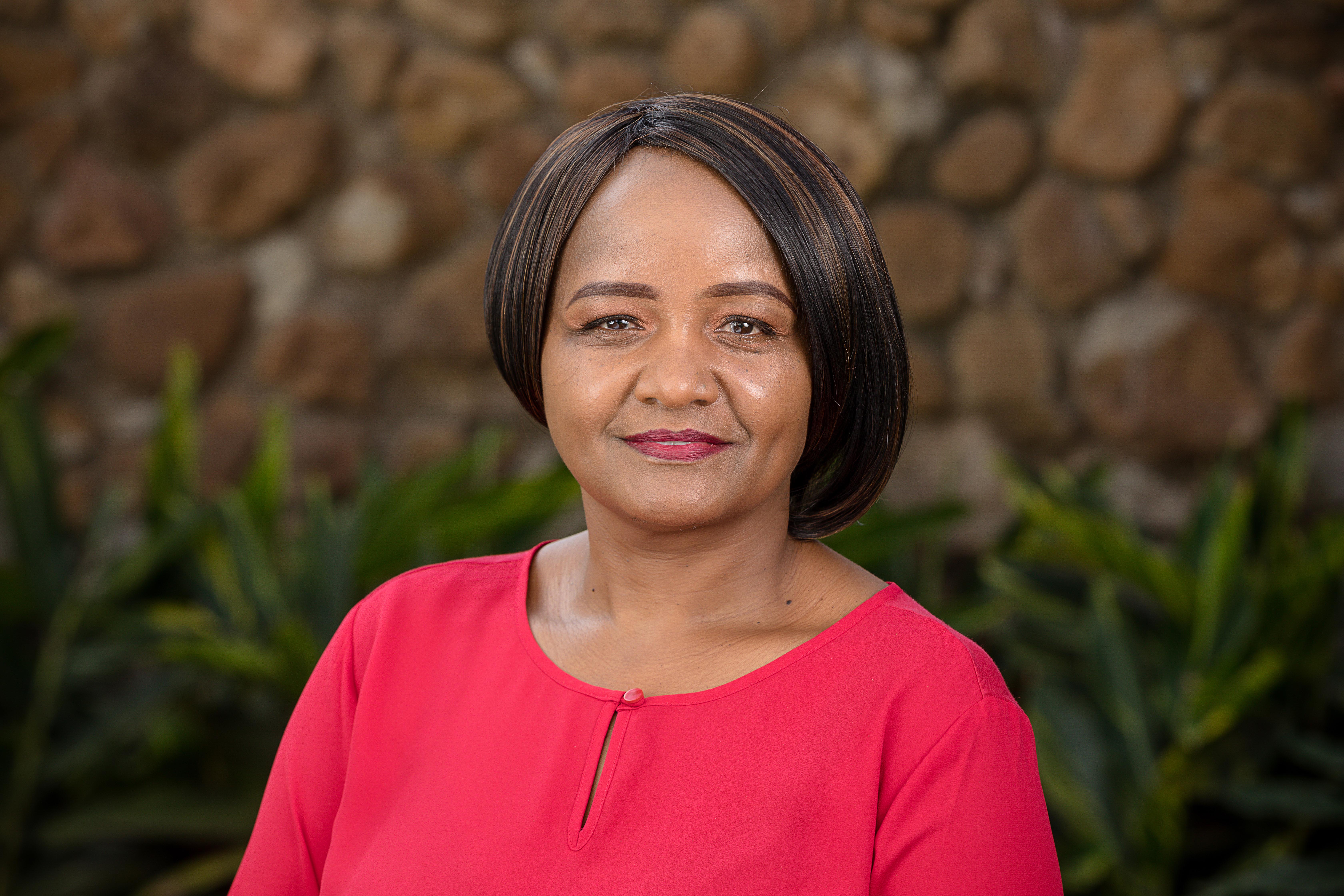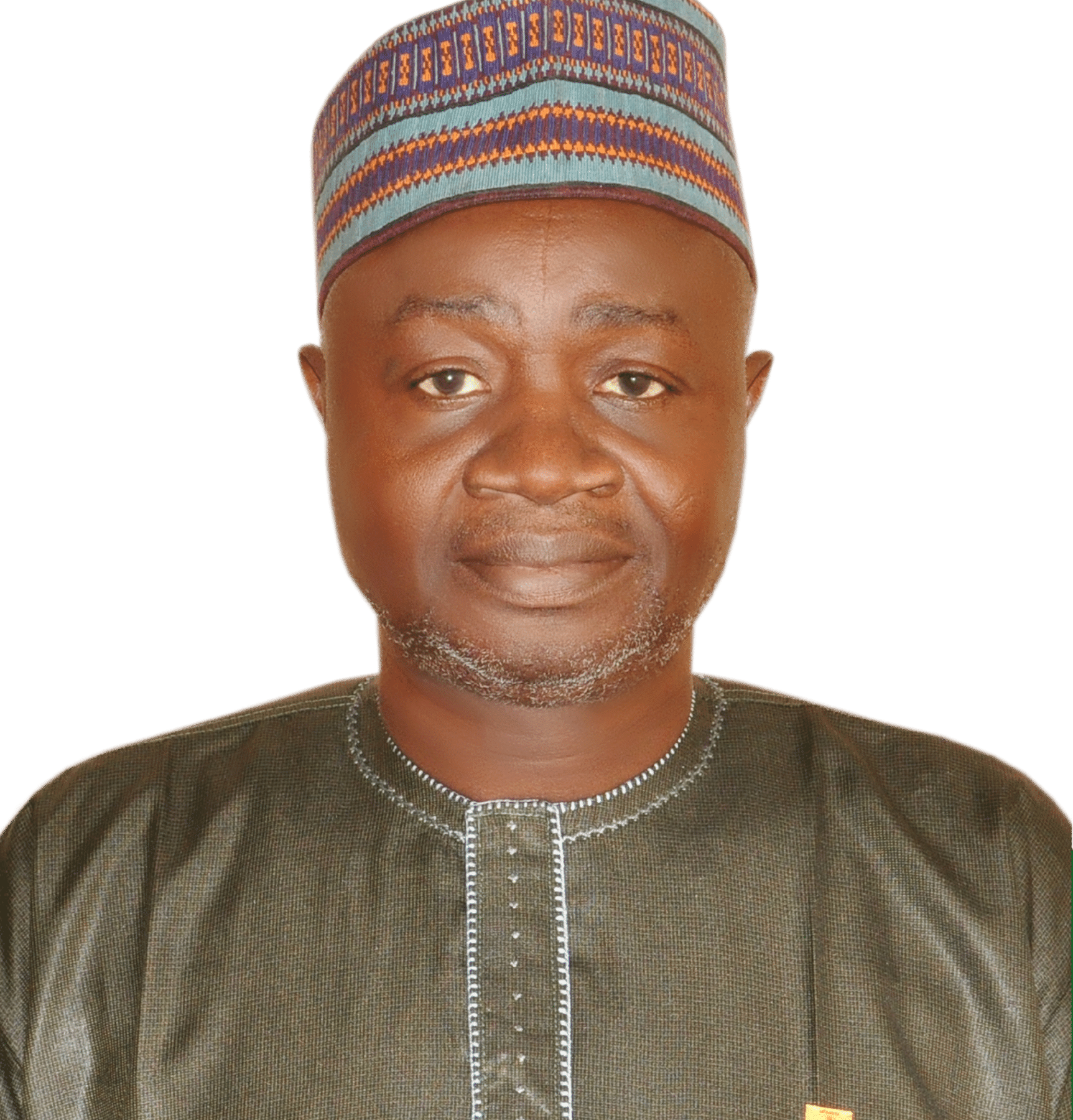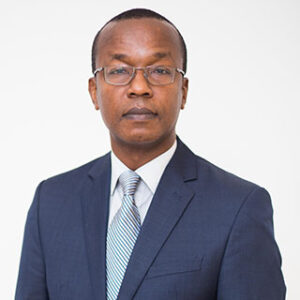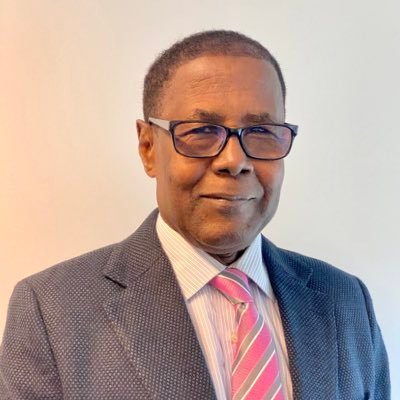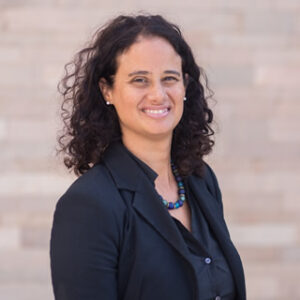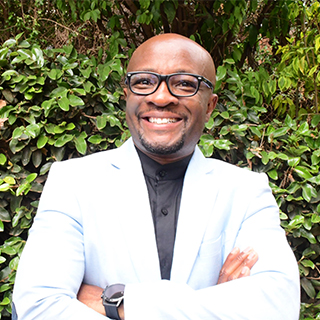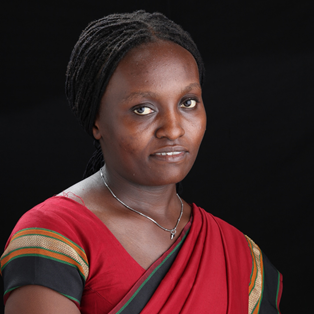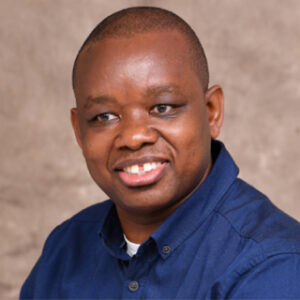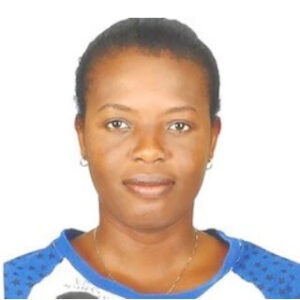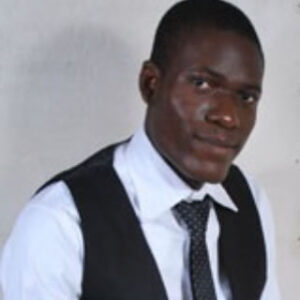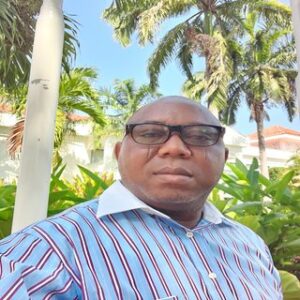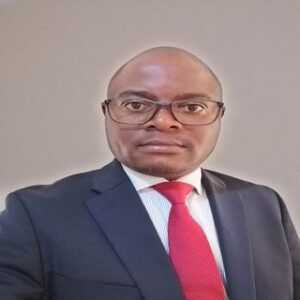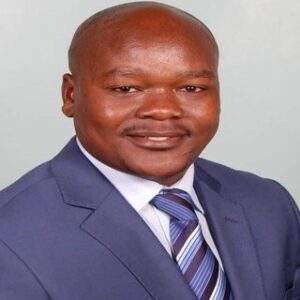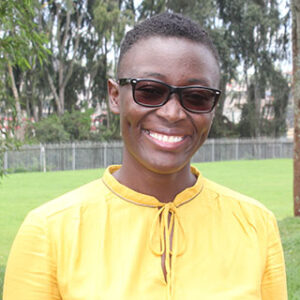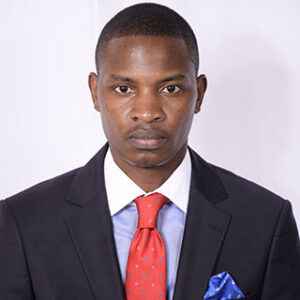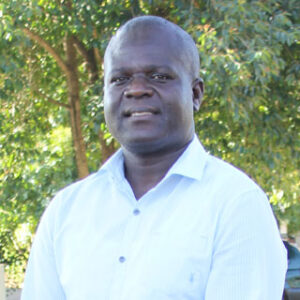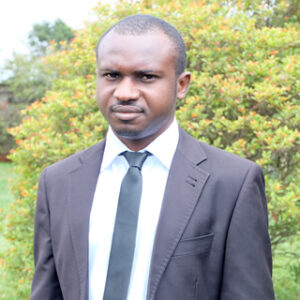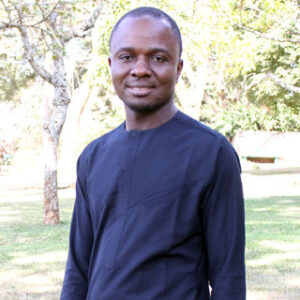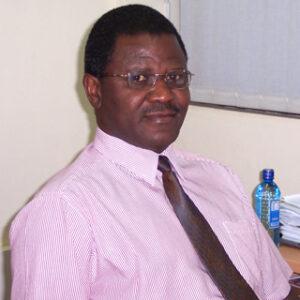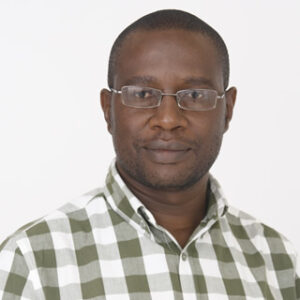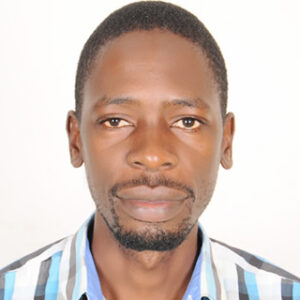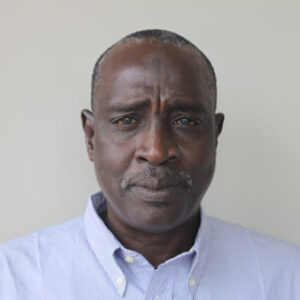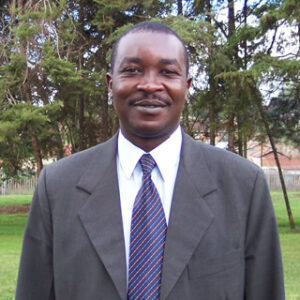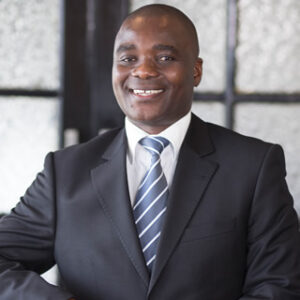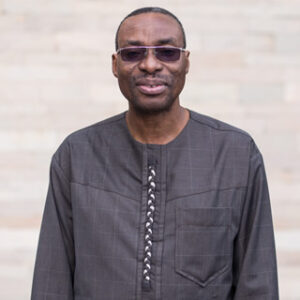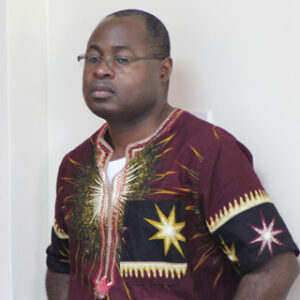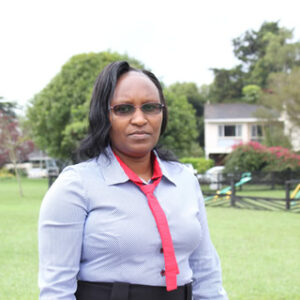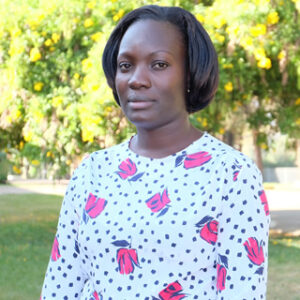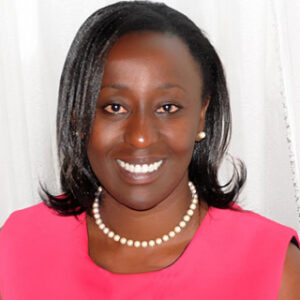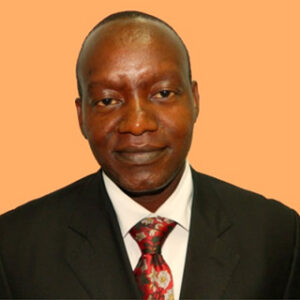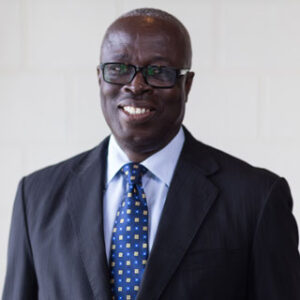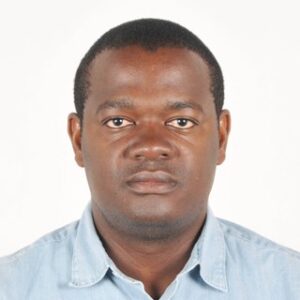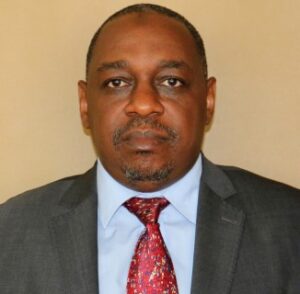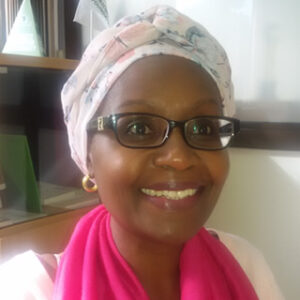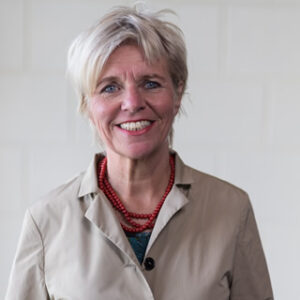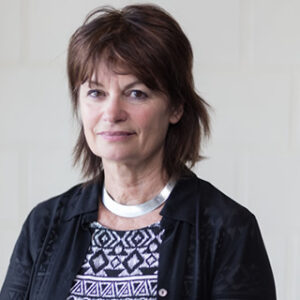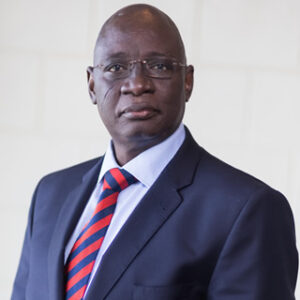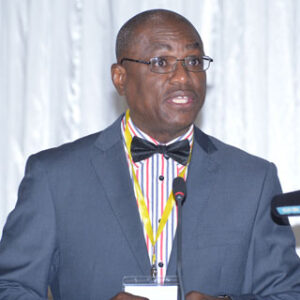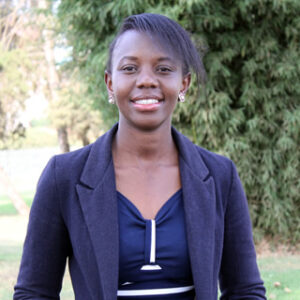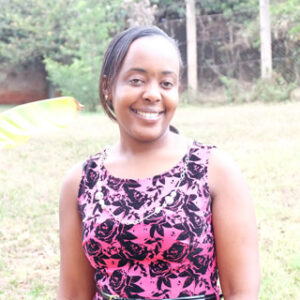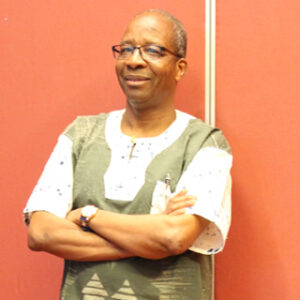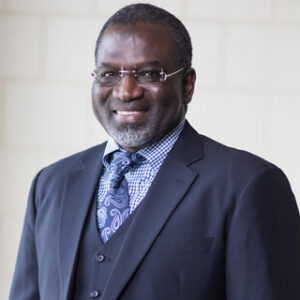The news about the passing on of Prof. Calestous Juma came as a surprise to many. Most especially the proponents of agricultural biotechnology, most of whom, he had helped voice their enthusiasm towards adoption of genetically modified technology. Among them, were senior scientists at African Agricultural Technology Foundation (AATF), notably Dr Mpoko Bokanga former Executive Director, now a consultant with African Development Bank, and Dr Francis Nang’ayo, AATF’s Head of Regulatory Affairs.
Prof Juma and Dr Bokanga were part of the African High-Level Panel on Biotechnologycommissioned by the African Union in 2006 to chart the Africa’s course on modern biotechnology. The panel held several public hearings, before compiling a landmark report, which was published in a book, Freedom to Innovate.
It was during these public hearing that Dr Nang’ayo, initially interacted with the late professor. Though he had grown up knowing about him, having attended the same school the late professor went to- Port Victoria Secondary School, later renamed, John Osogo Secondary School, in Busia County.
“I learned that Calestous’s class was the pioneer class of 1968. By then, the school was just starting. It had no basic facilities to speak off – like a library, running water and electricity, but he completed his O’ level in that environment,” said Nang’ayo, reminiscing of the late Calestous’s early days as a student in Budalangi, Busia County.
Nang’ayo, had come to join the school in 1975-several years after the professor had cleared school.
“The professor’s rural home is just a stone throw from the school,” he adds.
After completing his O’ Levels the late Calesteous opted to pursue teaching at Igoji Teacher’s Training College, where he qualified as a primary school teacher. He was posted to teach in Mombasa upon completion, kicking off his career in teaching.
Driven by the desire to write and share his budding ideas on science, Calestous took to writing. He regularly penned letters to the Editor, Daily Nation Newspaper, which were published. Impressed with his insight in science and persistence, he was offered a job as a journalist at Nation Media Group, late 1970s.
“I think that must have surprised Calestous because he didn’t know that what he was doing as a hobby had apparently been very interesting. So, he declined, saying he didn’t think he could do the job. And that he didn’t even know how to type. But Nation offered to train him,” Nang’ayo said.
It was while at Nation that Calestous opted to pursue further studies at the University of Nairobi, but encountered challenges securing admission.
‘As fate would have it, someone who had noticed his potential got him a scholarship to study masters degree at the University of Sussex, UK. Which he finished and went on to pursue a Doctorate degree, and ended up teaching at Harvard University. His was a long journey, not a straight sprint to fame. It is inspiring to many people,” said Nang’ayo.
The late Calestous grew from strength to strength, authoring his first book, Gene Hunters in 1989, therein, chairing high level meetings and interacting with great personalities.
He also founded the African Center for Technology Studies (ACTS) which is based at ICRAF, Gigiri in Nairobi. At ACTS, he would interact with local scientists in forums, but later took an active interest in conservation of biodiversity. A move that saw him offered a position as the first permanent Executive Secretary of the Convention on Biological Diversity in Montreal, Canada.
In as much as the late Calestous spoke for science, technology and innovation, of particular interest to him was innovation.
“If you would listen to him give a presentation, he had some of the nicest cartoons set aside, to describe innovation.” At the high panel meeting, Calestous used a cartoon of a Zebra riding a motorbike, with a lion chasing after it. He used this to describe looming threats and challenges in tropical Savanna and the need to use innovation to survive.
He tried to show that innovation, is taking what is available and adjusting it to fit current needs. He often pushed for practical definition of innovation.
The professor was aware that change was about people’s participation and he did it, hoping that many people can change their thinking about science, technology and innovation. On most occasions, he talked about the future of the world, saying most societies have developed from agrarian to industrial but his views were that the world need not develop in such a linear fashion. This he reckoned, Africa would need 200 years to follow the route Europe took, and probably would never just catch up!
But rather, he figured, people could learn from experiences and harness novelties to leapfrog. Catching up and even overtaking peers therein. M-Pesa, a celebrated mobile money transfer technology impressed him a lot, because it was a great example of innovation in backing riding on a platform of telecommunication. He used this to justify why Africa can still innovate by leapfrogging.
“He greatly impacted the world, talking about science passionately.” It was in this limelight, that people begun to ask about his roots, wanting to know where he schooled. They would later trace his history to a nondescript school in Budalangi. “Some of us who happened to have gone to the same school also rose up to share in the glory,” said Nang’ayo with a smile.
The late Professor Juma will be remembered as a man who was head and shoulders above his peers. A great inspiration to many African scientists. He appeared to have read, and thought through widely about his niche. He also seemed to know where the world was headed. This had a pull effect to many. His lose is indeed a big blow to science, technology and innovation.
His legacy will live on, through his works and books he authored, hardly erased.


